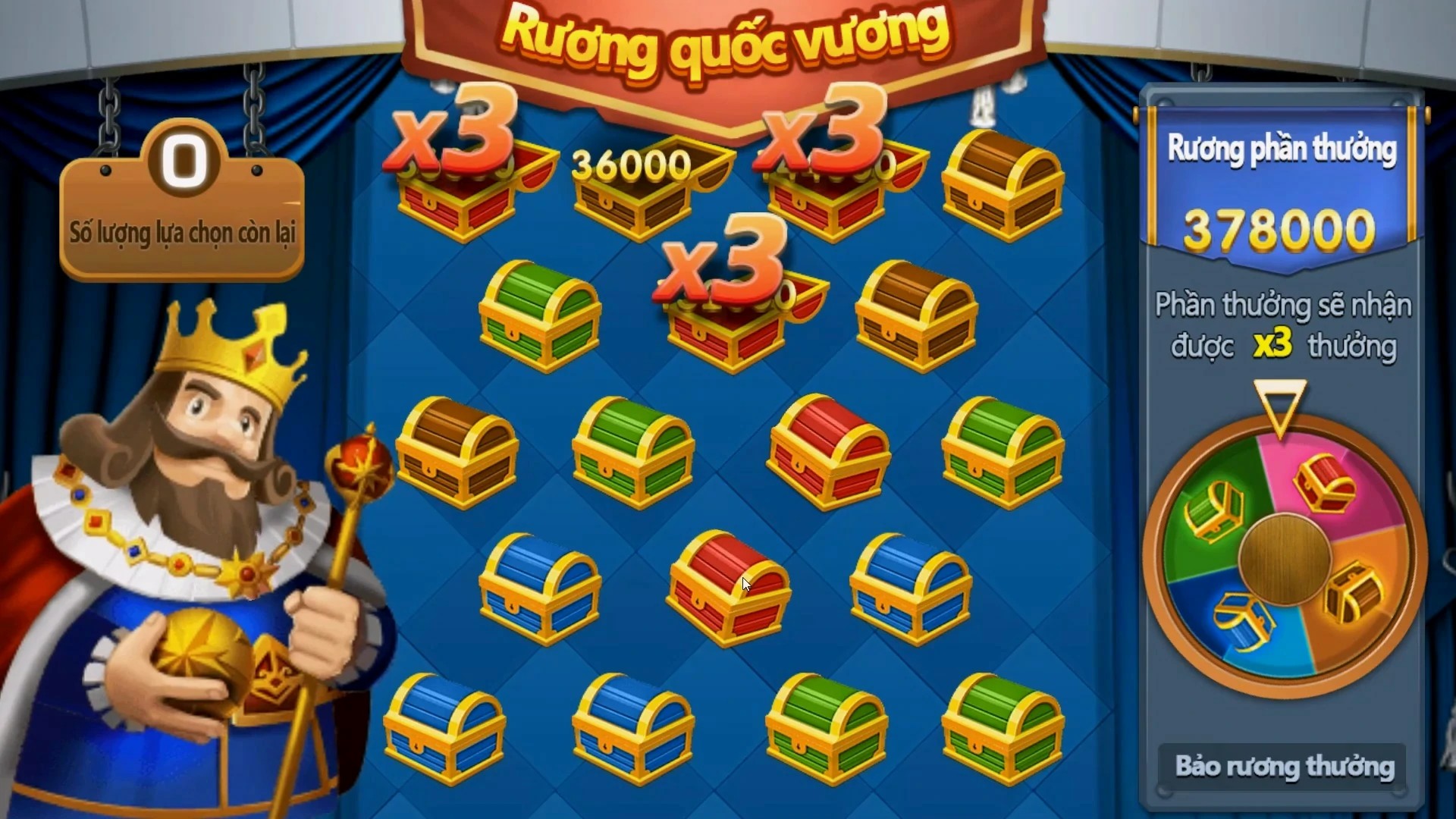Are Clicker Games Redefining the Open World Experience?
In recent years, the gaming landscape has seen a notable shift, particularly in the realms of open world games and clicker games. These two genres seem to be evolving and influencing each other in unexpected ways. While traditional open world games like Mario + Rabbids Kingdom Battle offer expansive environments filled with quests and exploration, the rise of clicker games has introduced a new layer of interaction. This article delves into this phenomenon and examines how clicker mechanics are challenging our perceptions of open world gaming.
The Appeal of Open World Gaming
Open world games allow players to experience vast virtual landscapes, interact with a variety of characters, and follow numerous storylines at their own pace. The allure lies in the freedom these games provide. Players can choose to follow the main quest, undertake side missions, or simply explore. For instance, consider how the Mario + Rabbids Kingdom Battle DLC enhances puzzle-solving, rewarding players with unique experiences every step of the way.
However, a significant limitation arises: most open world games require substantial time investment. Players often feel pressured to complete lengthy quests, leading to fatigue. Enter clicker games, which simplify gameplay mechanics and prioritize gradual progression, providing an alternative solution.
Clicker Games: A New Approach to Player Engagement
Clicker games have gained immense popularity over the past few years. These games thrive on repetitive activities, where players click to increase their score or progress linearly toward a goal. You may wonder how this relates to the open world genre. Well, the answer lies in the essence of engagement.
| Benefits of Clicker Games | Description |
|---|---|
| Accessibility | Easy to learn; requires little commitment |
| Rewards | Instant gratification through constant progress |
| Relaxation | Low-stress gameplay encourages casual play |
Much like how you strategize in open world games, clicker games allow for areas of exploration. You still have goals, upgrades, and decisions, but these can be executed in a fraction of the time. You could think of them as bite-sized experiences embedded within larger narratives.
Blending the Two Worlds
So, are clicker games redefining the open world experience? The answer is ambiguous but compelling. By implementing clicker mechanics into open world structures, developers can create a hybrid model. Imagine a game where you explore a world and, at any moment, you can revert to clicker-style mechanics to build your resources or level yourself up.
- Create faster progression without sacrificing exploration
- Enhance user engagement through layered gameplay
- Encourage players to explore while offering a sense of achievement
For instance, players can experience clicks to earn resources quickly while unraveling the vast universe of the game. As a result, it becomes less about *how* fast you can complete the quest, and more about the *experience* of exploring and growing within that world.
Challenges Ahead
Despite the potential merger of these genres, challenges remain. Balancing the clicker elements with traditional open world game mechanics may lead to player dissatisfaction if not executed correctly. Will the core essence of exploration suffer when additional mechanics are implemented? This is a crucial factor for developers to consider.
Conclusion
As we analyze the evolution of open world games and the rise of clicker games, it's evident that both genres can offer a fresh take on gameplay experiences. For players seeking new forms of engagement, the combination could provide an exciting avenue to explore. In particular, the ability to enjoy leisurely gaming moments without losing the depth of traditional gameplay could redefine the player experience altogether. As gaming technology progresses, it will be fascinating to see how these two genres can harmoniously interact or if new trends will emerge, taking the gaming world by storm.



